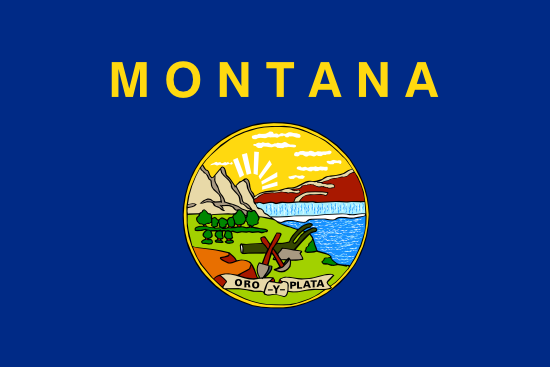
Montana
- Statehood Year:
- 1889
- Capital:
- Helena
- Largest Cities:
- Billings, Missoula, Great Falls
- Abbreviation:
- MT
Montana is a state in the Mountain region of the United States, known for the Rocky Mountains, Glacier National Park, and vast prairies. It has a population of 1,143,160, making it the 43rd most populated state in the country. The capital city is Helena. Montana has a natural resource economy with growing tourism sector.